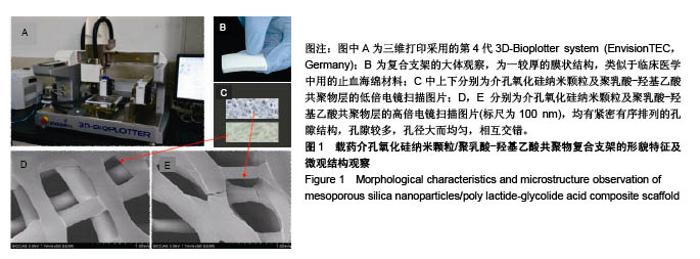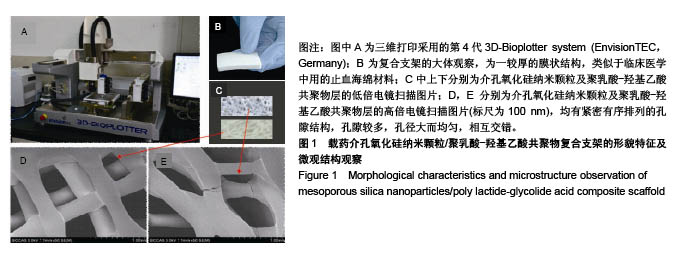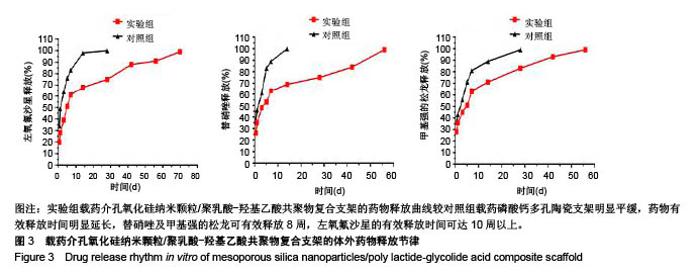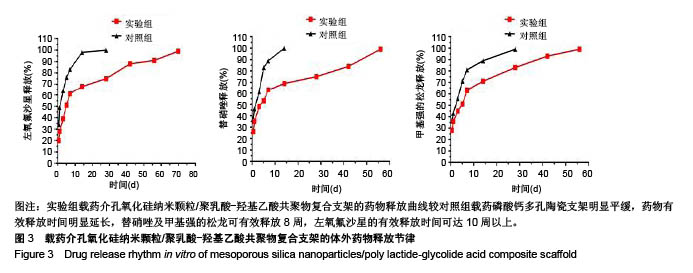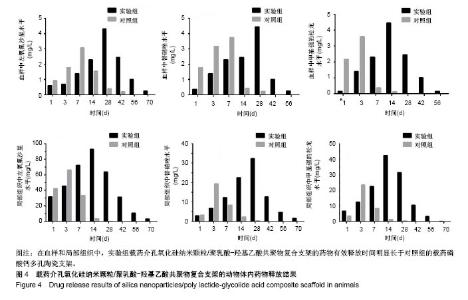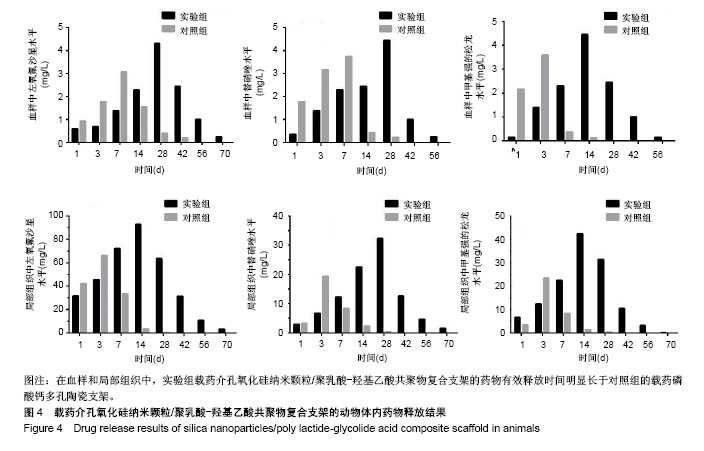| [1]许波,余益民.深圳市2007~2011年度突发事件院前急救特点分析[J].中国医药科学,2013,3(9):48-50.[2]刘中民.改善急救模式提高创伤救治水平[J].中华急诊医学杂志, 2002,11(2): 79-80.[3]都定元,高劲谋.严重交通伤与坠落伤救治结局比较和创伤急救模式探讨[J].中华创伤杂志, 2000,16(1):46-48.[4]陈萍,刘丁.创伤患者的医院感染危险因素研究[J].中华医院感染学杂志, 1999,9(2):74-76.[5]陈慧华,陈海华,林福秀,等.创伤性骨折术后切口感染的影响因素及预防对策[J].中华医院感染学杂志, 2013,23(14):3395-3396.[6]方丁,吉璐宏,陈盛,等.四肢开放性创伤后机体免疫应激及创面病原菌变化的研究[J].中国实验诊断学,2017,21(7):1230-1232.[7]冯雪.早期局部应用抗生素药物对颌面部创伤感染的研究[J].养生保健指南:医药研究,2015,14(11):7.[8]张永民,施忠民,金国华,等.局部载体抗生素治疗四肢创伤后感染的疗效观察[J].全科医学临床与教育, 2006,4(4):287-288.[9]芮清龙,魏善和,李修英.开放性创伤伤口感染抗生素预防和治疗[J].中华腹部疾病杂志,2006,6(8):593-595.[10]孙海晨.问题2:创伤感染应用抗生素的基本原则是什么?[J].创伤外科杂志, 2014,16(3):228-228.[11]廖小萍.抗生素的应用表现及耐药性分析[J].中国医药指南, 2014,12(29): 31-31,33.[12]沈宏亮,钱方,范列英.左氧氟沙星壳聚糖缓释微球对海水浸泡创伤的初期治疗结果[J].外科理论与实践, 2005,10(1):73-76.[13]孔熙.左氧氟沙星联合替硝唑治疗盆腔炎疗效观察[J].现代中西医结合杂志, 2014,23(14):1536-1537.[14]Yang XM,Cheng YY,Zhang ZL,et al.Role of Methylprednisolone in Treatment of Spinal Cord Injured with Bone Marrow Mesenchymal Stem Cells Transplantation in Rats and Its Effect on the Expressions of Tumor Necrosis Factor-α and Interleukin-1β.Zhongguo Yi Xue Ke Xue Yuan Xue Bao.2017;39(5):615-622.[15]王玉,韩璐,车顺爱.具有可控分散性的不同粒径氨基酸双功能化介孔二氧化硅纳米颗粒[J].高等学校化学学报, 2011,32(3):560-570.[16]Zhu M,Wang H,Liu J,et al. A mesoporous silica nanoparticulate/β-TCP/ BG composite drug delivery system for osteoarticular tuberculosis therapy. Biomaterials. 2011;32(7):1986-1995.[17]王会学.局部植入治疗骨与关节结核药物缓释体的制备与特性研究[D].上海:第二军医大学,2011.[18]刘许,宋阳.用于3D打印的生物相容性高分子材料[J].合成树脂及塑料, 2015, 32(4):96-99,102.[19]Butscher A,Bohner M,Hofmann S,et al.Structural and material approaches to bone tissue engineering in powder-based three-dimensional printing.Acta Biomater.2011;7(3):907-920.[20]Chen M,Le DQ,Hein S,et al.Fabrication and characterization of a rapid prototyped tissue engineering scaffold with embedded multicomponent matrix for controlled drug release. Int J Nanomedicine.2012; 7:4285-4297.[21]伍卫刚,郑启新,郭晓东.利福平-异烟肼-控释型载药人工骨的实验研究[J].中国生物医学工程学报,2010, 29(1):137-143.[22]Radu DR,Lai CY,Jeftinija K,et al.A polyamidoamine dendrimer-capped mesoporous silica nanosphere-based gene transfection reagent.J Am Chem Soc. 2004;126(41):13216-13217.[23]李坤.基于三维打印技术的载药抗结核骨支架的构建与特性研究[D].上海:第二军医大学,2016.[24]中华医学会创伤学分会.中国区域性创伤救治体系建设的专家建议[J].中华外科杂志,2015,53(8):571-573.[25]张连阳.提升创伤中心救治能力的关键途径[J].中华创伤杂志, 2018,34(10): 869-871.[26]吴素英.碱性成纤维细胞生长因子与小儿烧伤创面的愈合[J].中国组织工程研究,2012,16(33):6215-6222.[27]张琴,宛云英.深圳市2007~2011年突发事件院外急救分析[J].中国急救复苏与灾害医学杂志,2014, 9(10):891-893,914.[28]于开庆.突发意外、交通事故致多人重症多发伤复合外伤649例院前转运救治分析[J].中国社区医师(医学专业), 2012,14(30):170.[29]抗菌感染新途径[J].中华危重病急救医学,2015,27(11):884-884.[30]李芳春.负压封闭式引流术(VSD)在四肢创伤合并皮肤软组织大面积缺损中的临床应用效果[J].世界最新医学信息文摘(连续型电子期刊), 2015,15(78):97.[31]李东镖,武志坚,王霄虎.封闭负压引流技术治疗25例骨科创伤感染临床疗效分析[J].吉林医学, 2011,32(36):7703-7704.[32]胡艳,余江,郑慧新.皮肤创面亲水性纤维含银敷料在四肢软组织创伤合并感染护理中应用的价值[J].检验医学与临床, 2017,14(Z1):333-335.[33]徐溪,莫乃新,陈文美,等.亲水性纤维含银敷料与磺胺嘧啶银霜治疗深Ⅱ度烧伤的疗效观察[J].中国医院用药评价与分析, 2016,16(4):486-488.[34]Victor SP,Sharma CP.Poly methacrylic acid modified CDHA nanocomposites as potential pH responsive drug delivery vehicles. Colloids Surf B Biointerfaces.2013;108:219-228.[35]Francis L,Meng D,Knowles JC,et al.Multi-functional P(3HB) microsphere/ 45S5 Bioglass-based composite scaffolds for bone tissue engineering. Acta Biomater.2010;6(7):2773-2286.[36]Dutt M,Khuller GK.Sustained release of isoniazid from a single injectable dose of poly (DL-lactide-co-glycolide) microparticles as a therapeutic approach towards tuberculosis.Int J Antimicrob Agents. 2001;17(2): 115-122.[37]Vacanti NM,Cheng H,Hill PS,et al.Localized delivery of dexamethasone from electrospun fibers reduces the foreign body response. Biomacromolecules.2012;13(10):3031-3038.[38]Zhang J,Wang C,Wang J,et al.In vivo drug release and antibacterial properties of vancomycin loaded hydroxyapatite/ chitosan composite. Drug Deliv. 2012;19(5):264-269.[39]Chen C,Wang H,Zhu G,et al.Three-dimensional poly lactic-co-glycolic acid scaffold containing autologous platelet-rich plasma supports keloid fibroblast growth and contributes to keloid formation in a nude mouse model. J Dermatol Sci.2018;89(1):67-76.[40]Jonard B, Dean E. Posttraumatic Reconstruction of the Foot and Ankle in the Face of Active Infection. Orthop Clin North Am.2017;48(2):249-258. |
